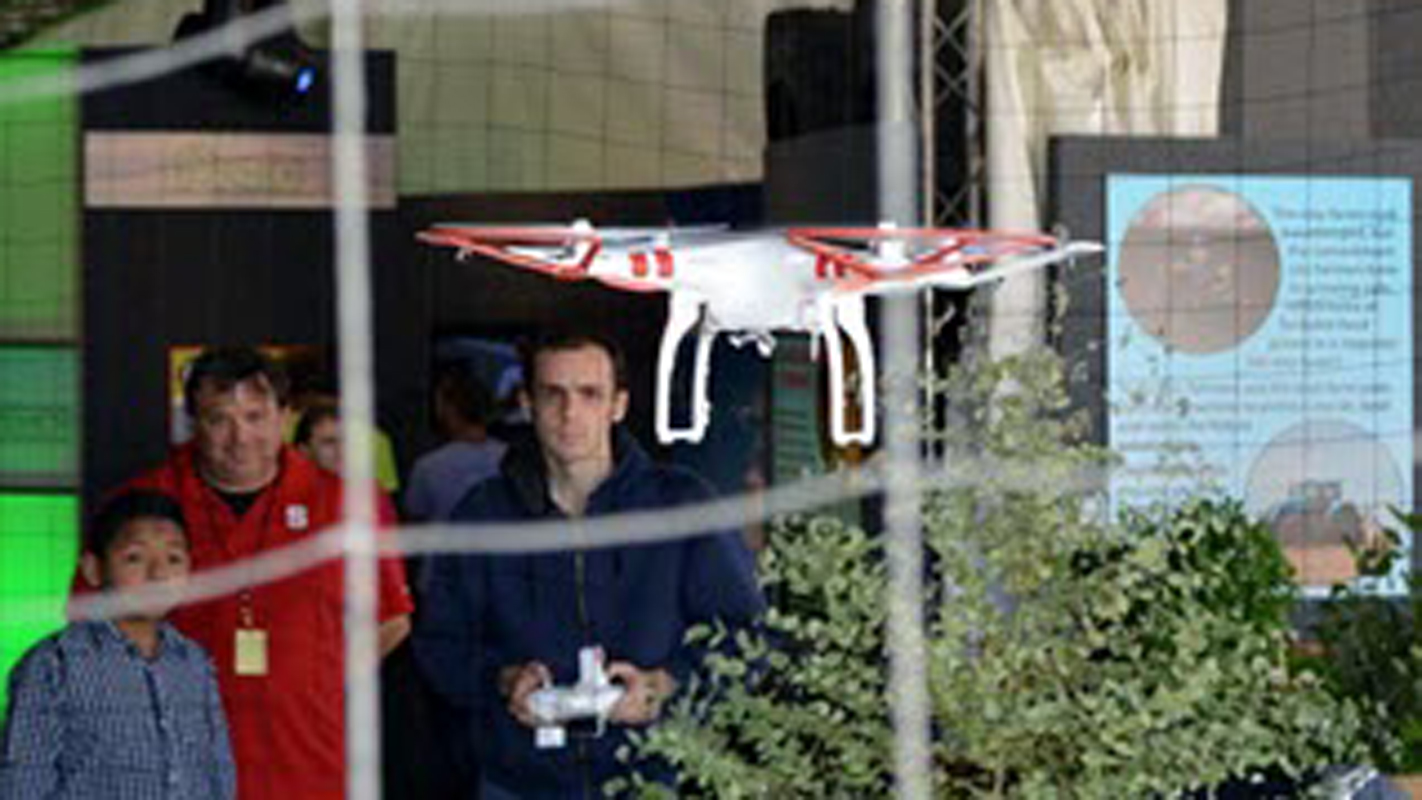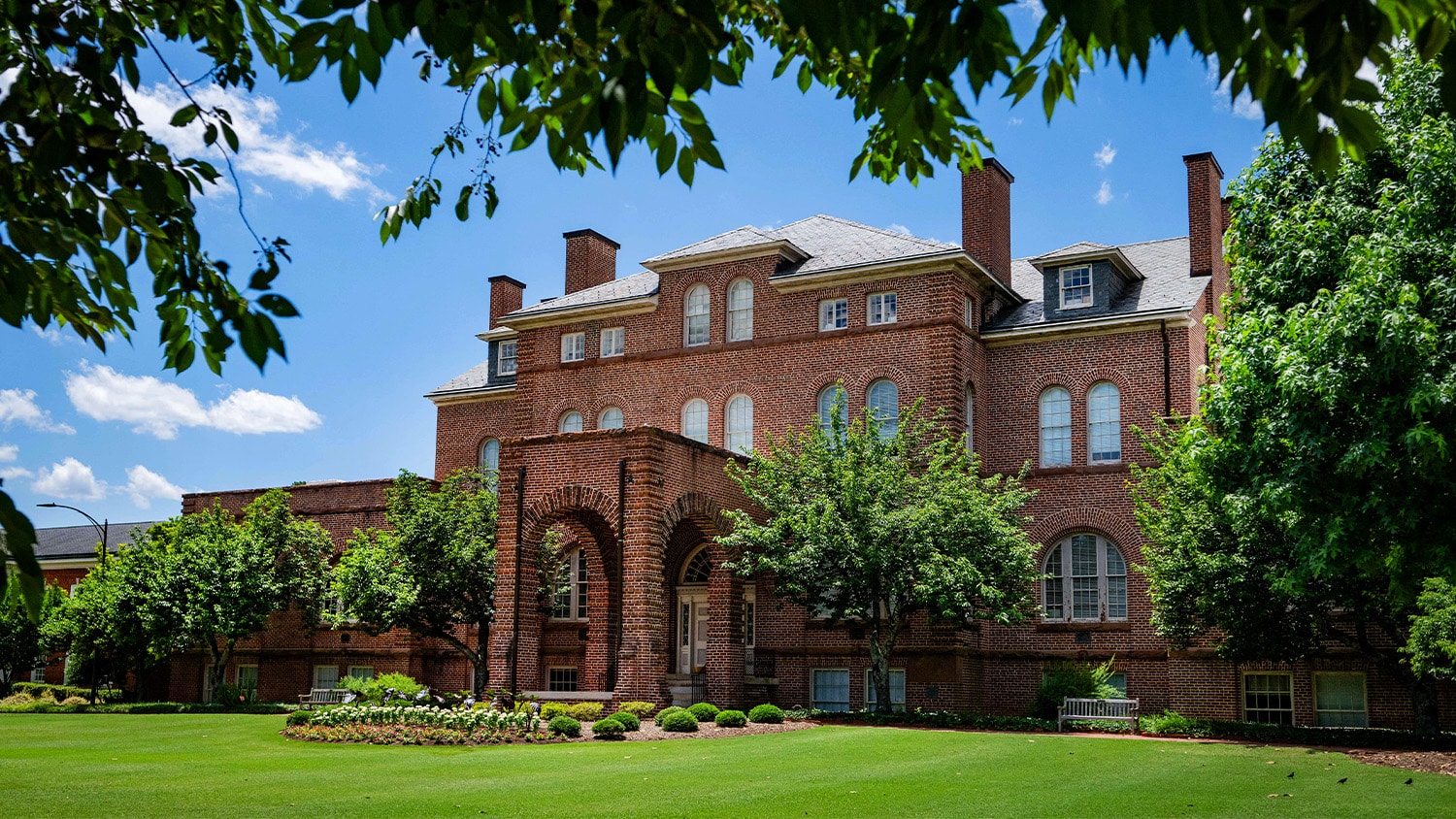Thinking about giving someone you love—or at least moderately care for—a drone this holiday season?
So are about 700,000 other people.
At least that’s the projected number of quadcopters, radio controlled airplanes and other types of unmanned aerial vehicles that are expected to be wrapped up with a bow by the end of December.
That’s a lot of recreational aircraft flying overhead.
So here, for your pre-purchase consideration in this popular and evolving technology, are a few tips from the North Carolina Department of Transportation, with assistance from NC State’s NextGen Air Transportation, which oversees the development of regulations for unmanned aerial vehicles for the state.
“We’re proud of North Carolina’s legacy of being first in manned flight,” said NCDOT Secretary Nick Tennyson. “The academic and industry researchers in our state will make us a leader in unmanned flight as well.”
NCDOT’s Division of Aviation has established guidelines for unmanned aviation systems, or UAS, operation in North Carolina. Both the Federal Aviation Administration and the NCDOT Division of Aviation classify UAS flight operations by three categories:
- Recreational: Any UAS flight that is conducted solely for the purpose of recreation.
- Government: Any UAS flight conducted by a government entity to support its work.
- Commercial: Any UAS flight that serves a business purpose or provides a business benefit, even if that benefit is indirect.
Government and commercial UAS operators must adhere to state and federal requirements established by the North Carolina General Assembly and the FAA. Each classification is subject to specific regulations and guidelines.
Many of the UAS owners who receive a drone during this holiday season will use them for purely recreational purposes. While recreational UAS flights are not heavily regulated, the FAA and model aircraft enthusiast groups have established a number of guidelines which should be followed to ensure a fun and safe experience:
- Always fly below an altitude of 400 feet and fly within your direct line of sight.
- Do not fly within five miles of an airport, near stadiums or other public events, or for compensation.
- Do not fly UAS that weigh more than 55 pounds.
- Do not fly at night, even if your UAS is equipped with lights.
“UAS technology is fun and exciting, but it needs to be used responsibly,” said Division of Aviation Director Bobby Walston. “These guidelines will help ensure the safety of people in the air and on the ground.”
UAS operators, whether recreational, government or commercial, should keep in mind that North Carolina has laws governing drone use. UAS users are subject to all North Carolina laws, even if UAS technology is not specifically mentioned. Current and potential drone owners can find more information about state and federal UAS regulations on the Division of Aviation’s website.
- Categories:



